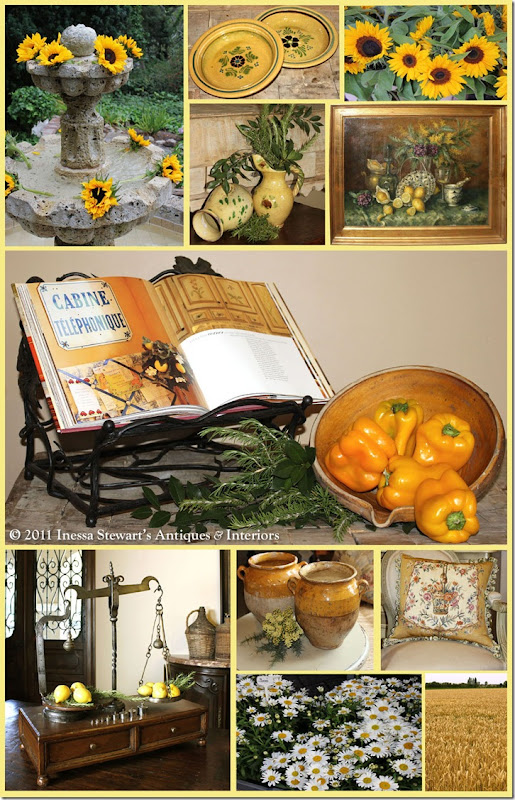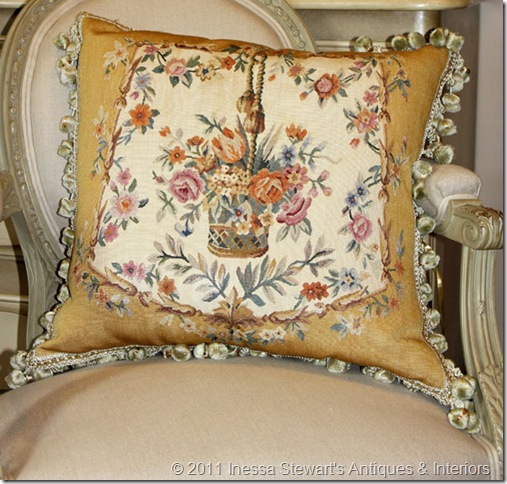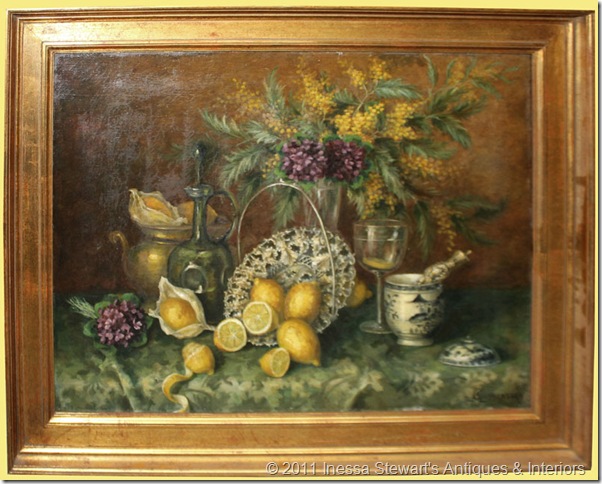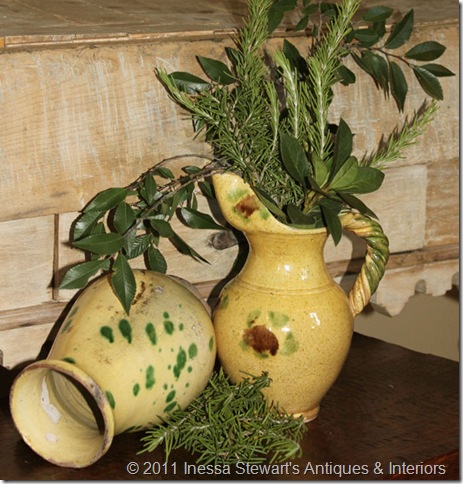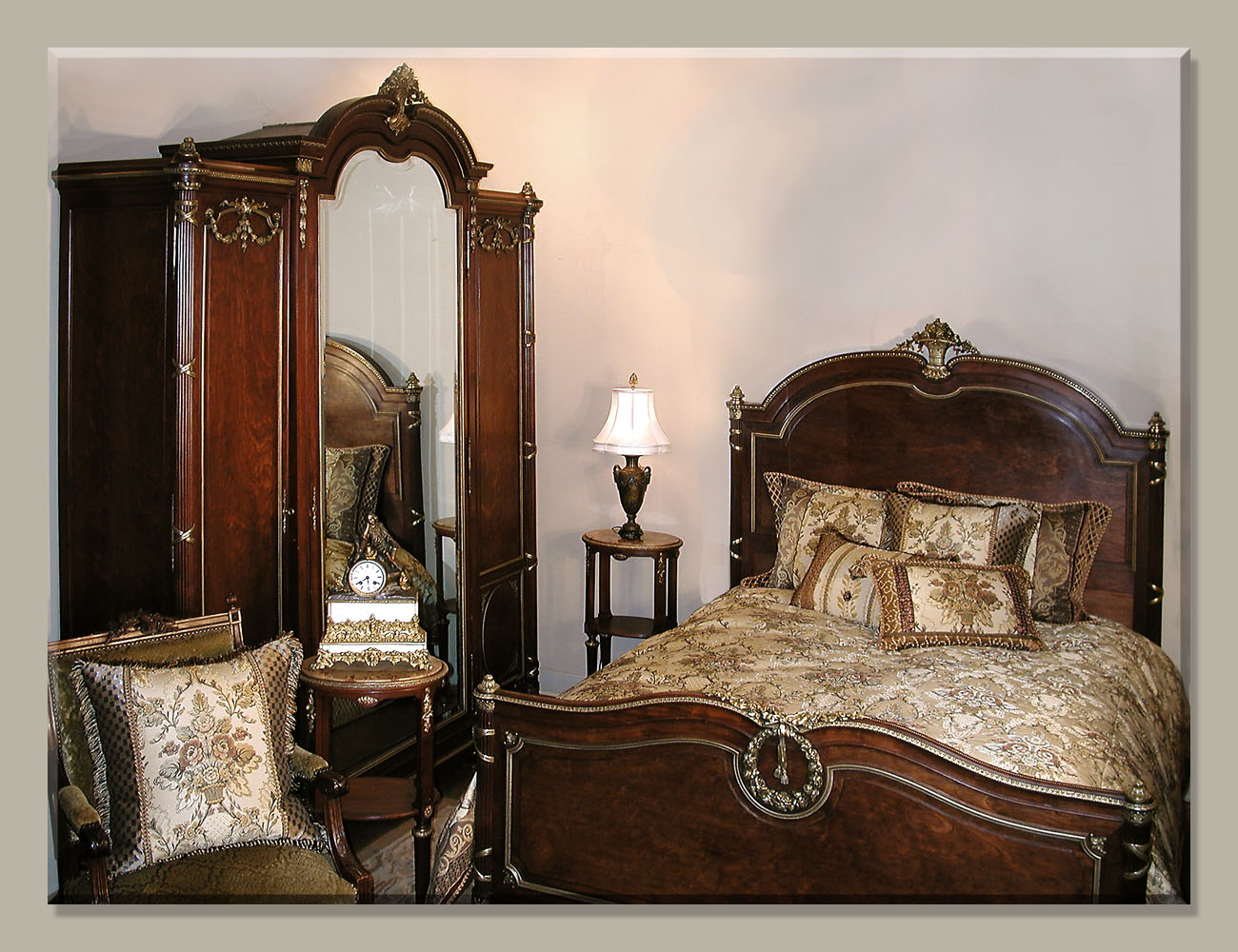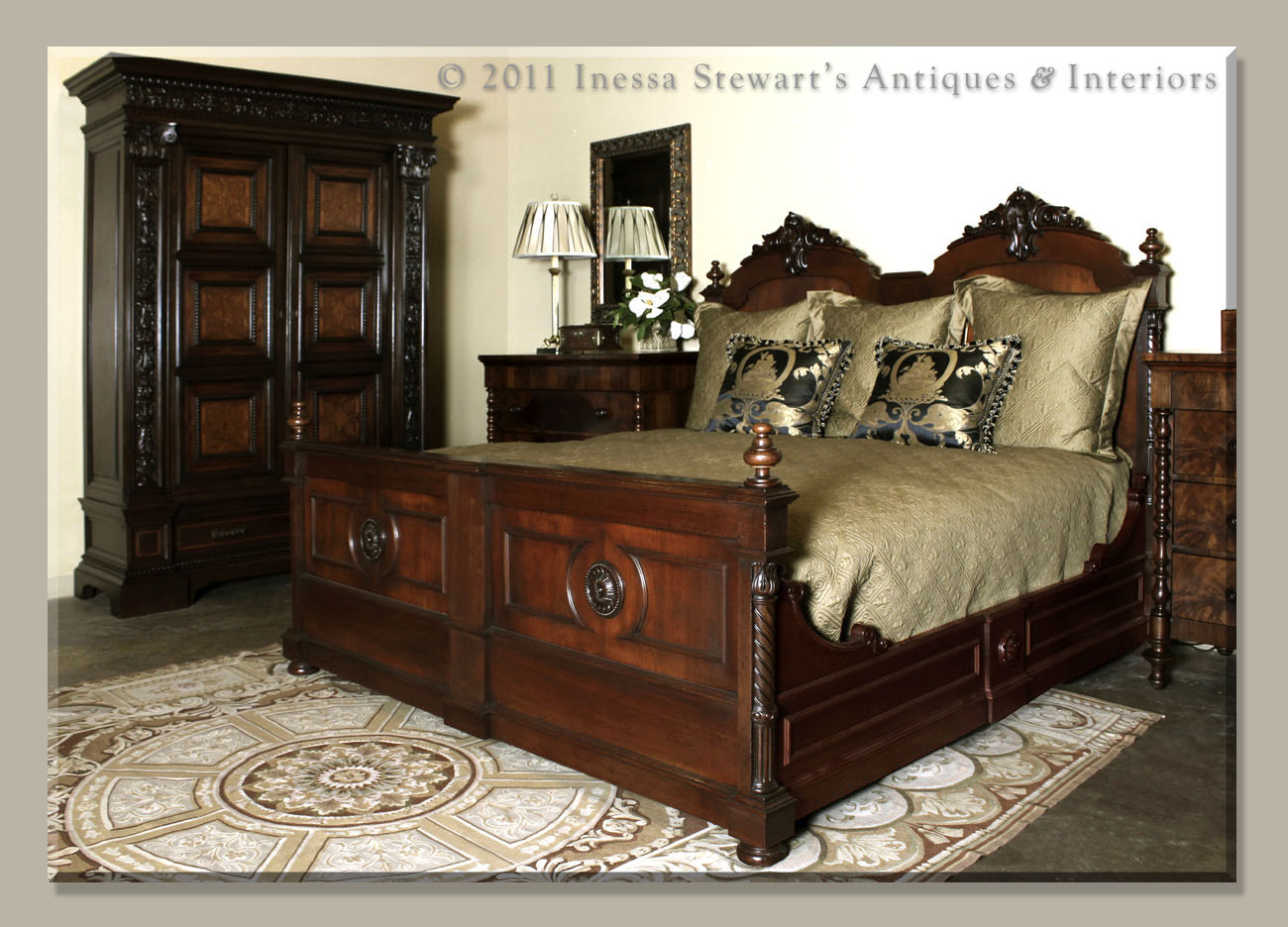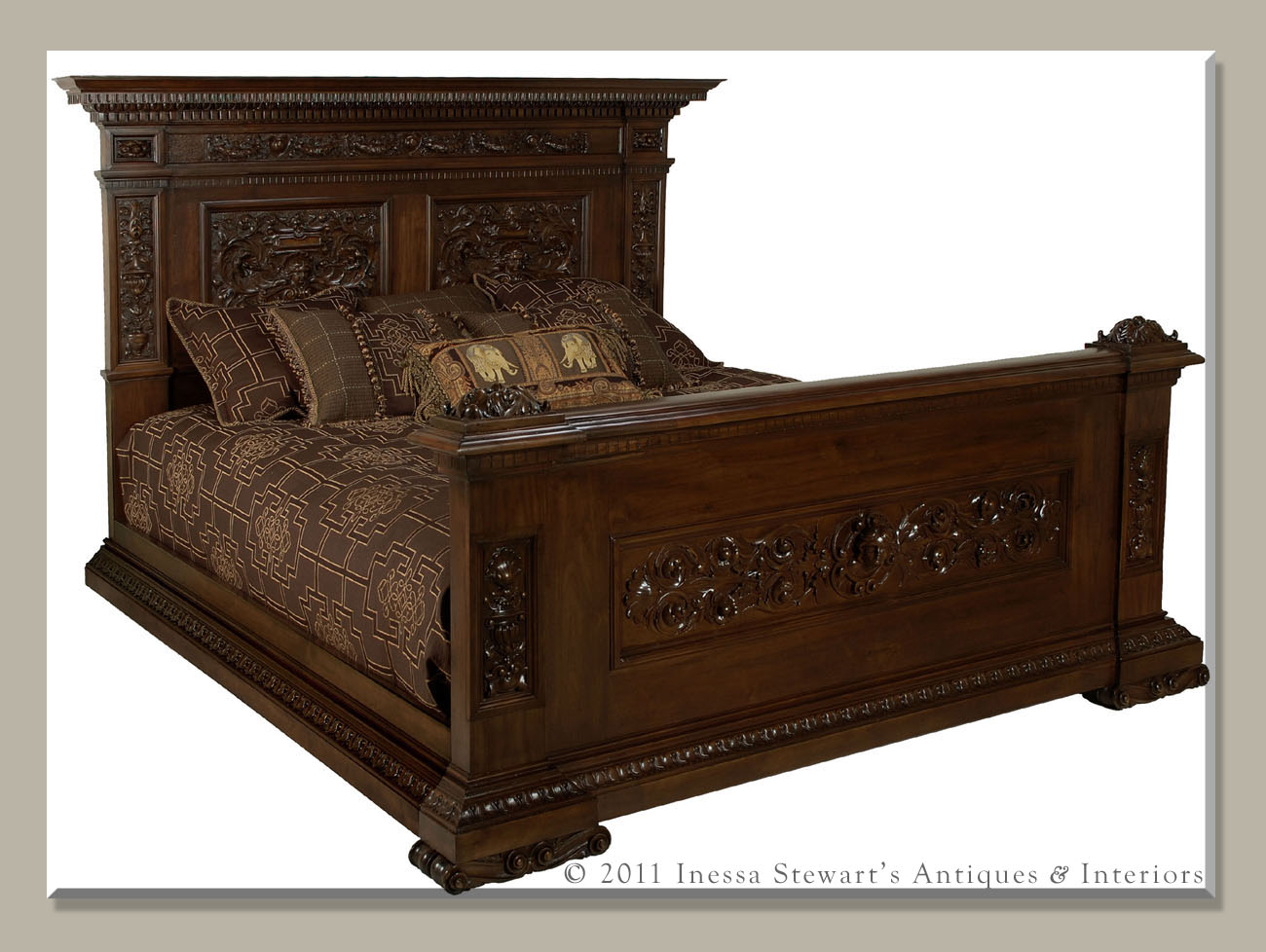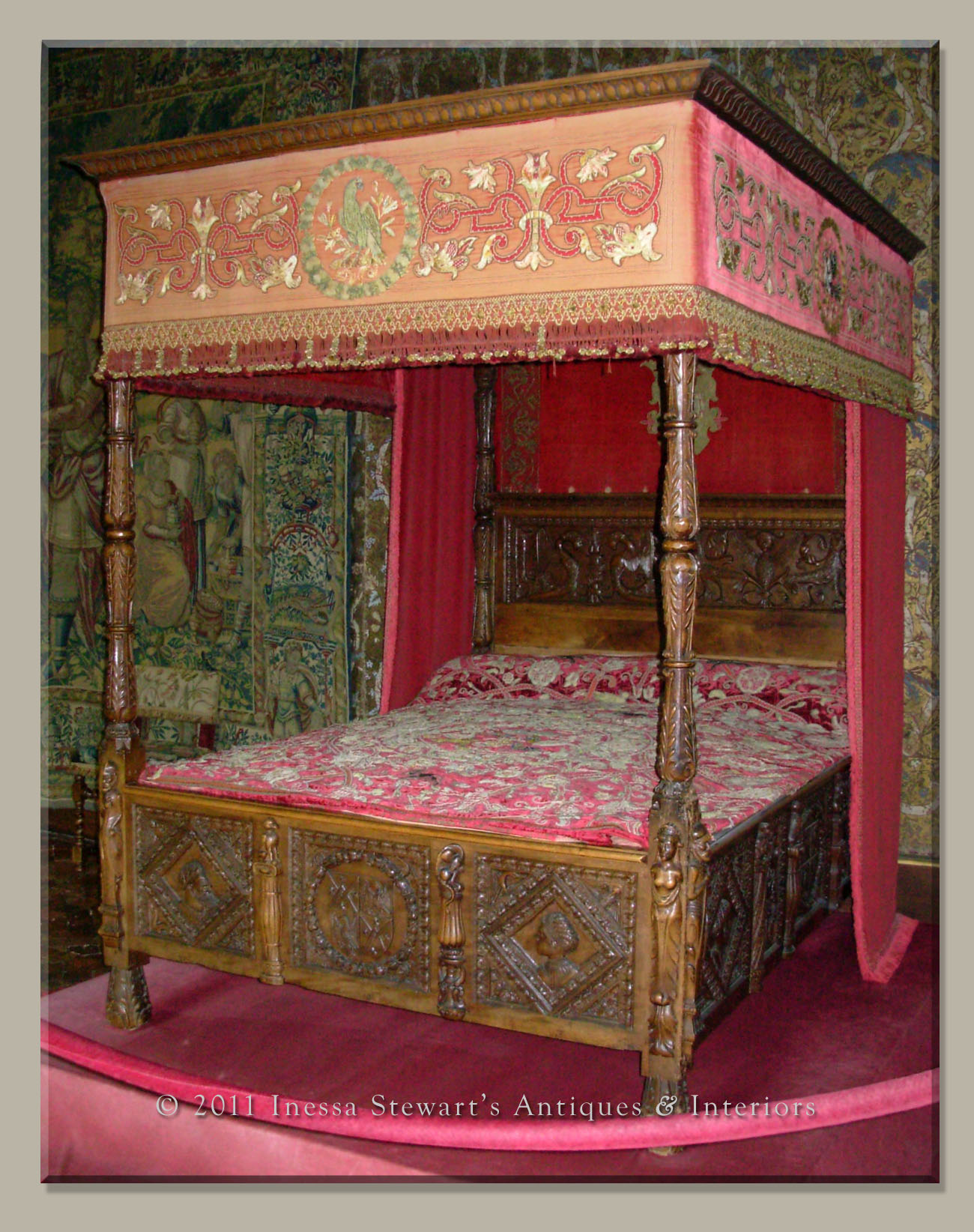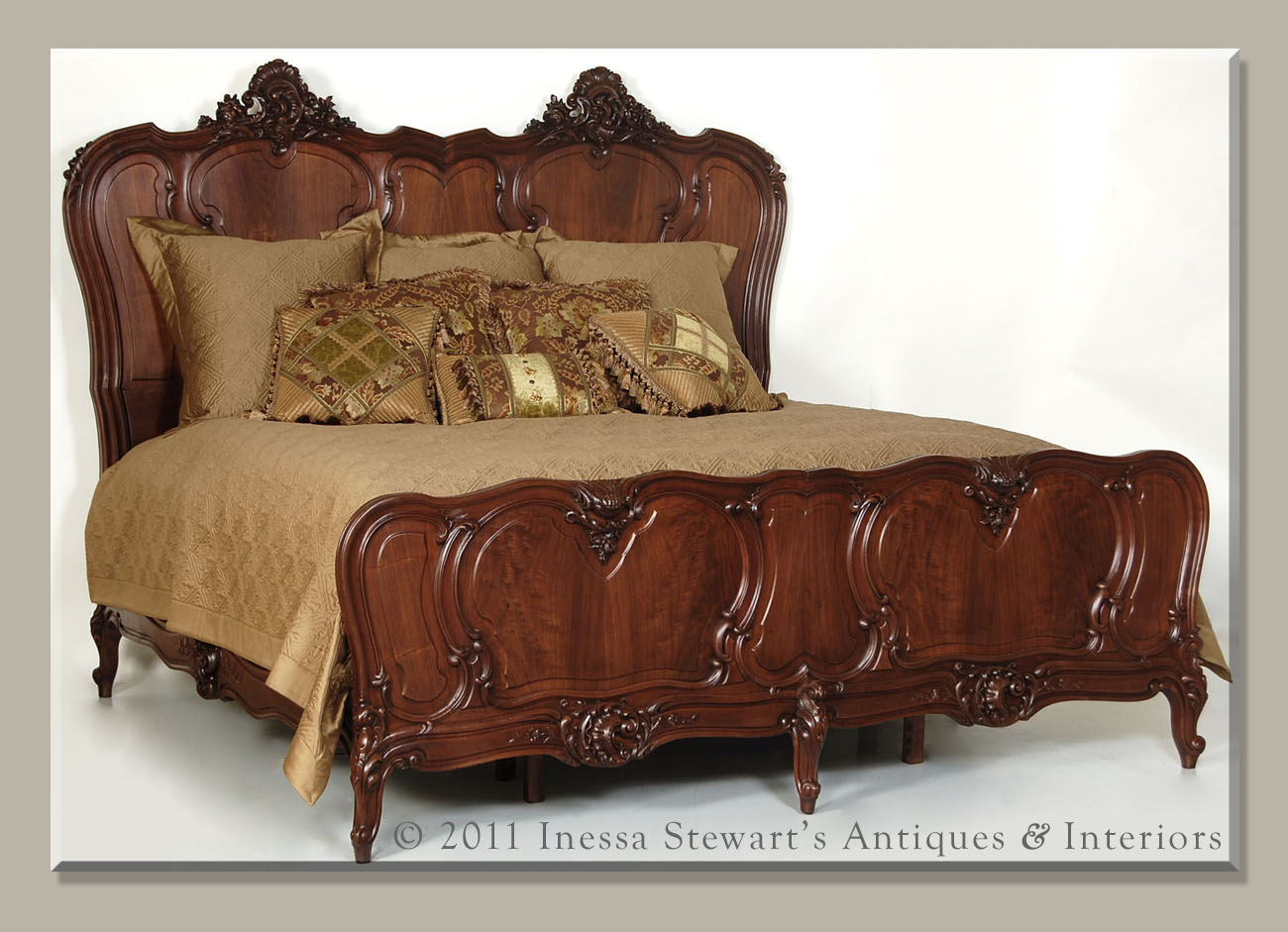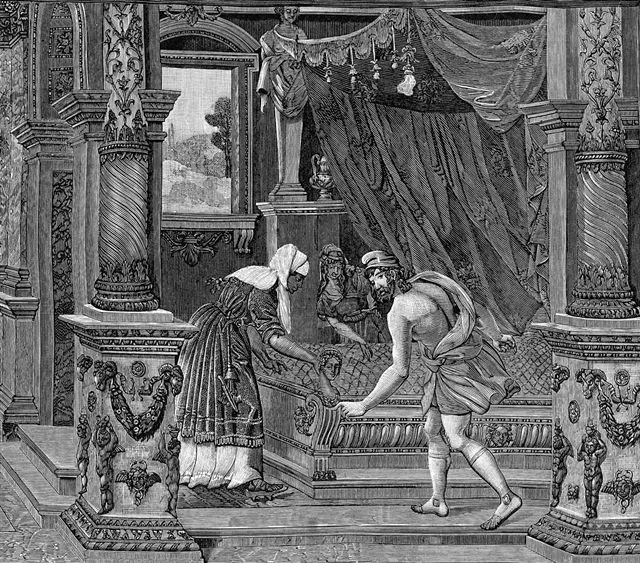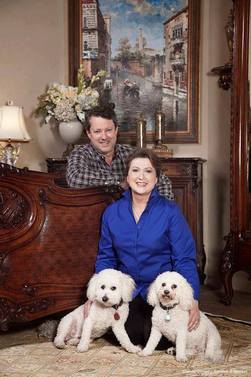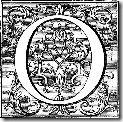 Our niece Erin just got married last month, an event that became the occasion for our trip to California a couple of weeks ago. It has been decades since I have traveled the west coast, since our antique business has kept me so busy
Our niece Erin just got married last month, an event that became the occasion for our trip to California a couple of weeks ago. It has been decades since I have traveled the west coast, since our antique business has kept me so busy  so I’m usually traveling in the opposite direction to Europe for our antique buying trips. John, Rebecca and I were so thrilled for Erin and Justin that all of us embarked on the excursion to San Francisco and Northern California for the wedding.
so I’m usually traveling in the opposite direction to Europe for our antique buying trips. John, Rebecca and I were so thrilled for Erin and Justin that all of us embarked on the excursion to San Francisco and Northern California for the wedding.Erin is in love with the glamour of the era known as the “roaring twenties”. As she so eloquently put it on her website ~ “The (era and) generation is often characterized as a period of American prosperity and optimism”. The romantic style of Great Gatsby and for her wedding event “the illustrious Prohibition era was to be revived in magnificent fashion for this affair” and so it was!
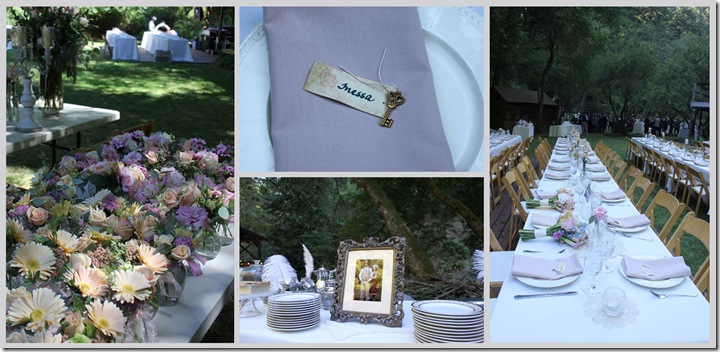
Erin designed a wonderful vintage atmosphere at the wedding and the guests joined in the fun by showing up in period style garments. I would like to share some of the photos from this great event with you and hope you enjoy the following!
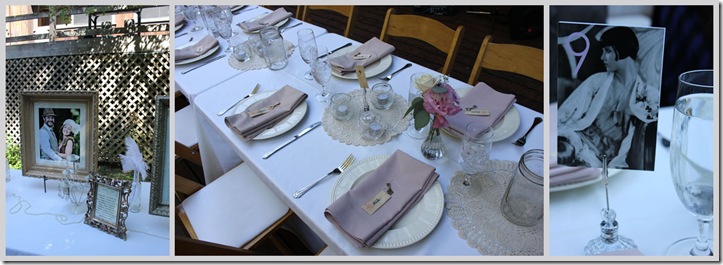
The wedding was a joyful and lovely affair with an atmosphere of a bygone era set amongst a magnificent redwood forest in Northern California.
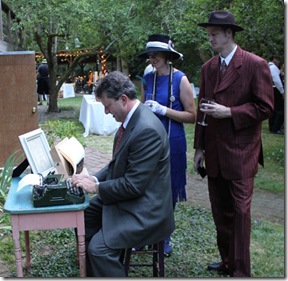

John typed wedding wishes on the vintage typewriter and the three lovely cousins posed for a memorable photo.
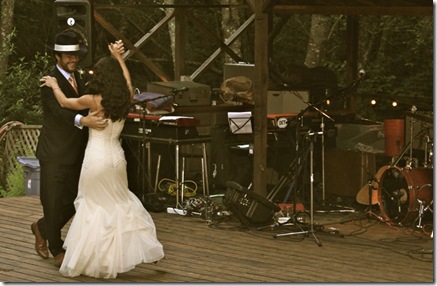
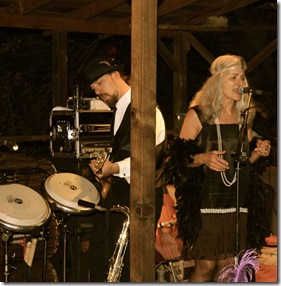
The couple’s first dance was a combination of classic dance styles from the 20’s, and later on members of the musical Stewart and Munning families dedicated songs to the happy couple.
We wish this wonderful and creative couple, Erin and Justin, all the best ~ joy, happiness, and continued success throughout all their adventures in life!




